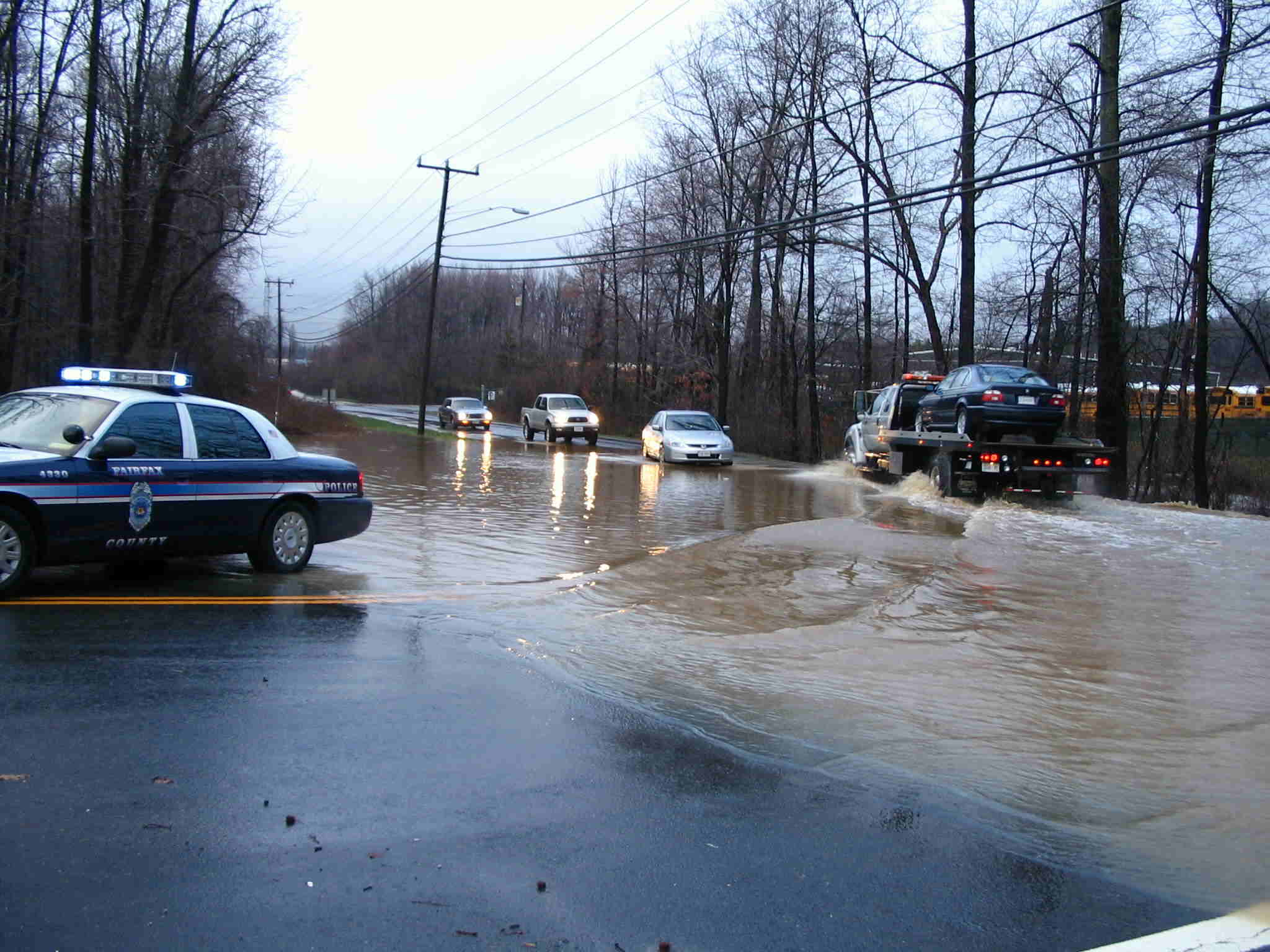The waters in Hunting Creek are threatening the backyards and docks in a certain Mount Vernon neighborhood but homeowners, Fairfax County and the Commonwealth of Virginia do not seem to agree on the solutions.
Larry Zaragoza is a resident of that neighborhood and has a dock in the creek right off his backyard. He was briefed by a Fairfax County staff member on the county's proposed amendments to the Chesapeake Bay Preservation Ordinance. The county staff member reviewed a slide presentation on what the 2020 changes in law require but the briefing lacked the specificity that would be expected in ordinance text, Zaragoza said. For example, if a deteriorating “bulkhead,” (i.e., a retaining wall that is anchored to the land) needs to be replaced, then the bulkhead height and soil behind the bulkhead should both be raised to avoid flooding. While the Chesapeake Bay Preservation Ordinance generally prohibits the use of fill in areas adjacent to tidal waters, the ordinance didn’t clarify that when the height of a bulkhead is raised that the soil level behind the bulkhead should also be raised, Zaragoza said.
 Flooding may be a common site in the near future.
Flooding may be a common site in the near future.
With the Mount Vernon District being right on the river, changes in the water level are noticed immediately. "We are on the forefront of climate change and sea level rise, said Supervisor Dan Storck (D-Mount Vernon). The state and the county are working to adapt policies and practices to address and mitigate the changes in the neighborhoods of Mount Vernon, he said. The changes for residents may be confusing, so Storck encouraged County staff to provide additional community outreach and education, like the “Owners of Tidal Shoreline Property” mailer that was sent to over 500 property owners this year, Storck pointed out.
Del. Paul Krizek (D-16) introduced a bill, HB 739, in 2022 titled “Shoreline improvements, existing; repair and maintenance.” The bill, left in committee, did not become law. But it would have required that “no permitting decision shall require the replacement of an existing shoreline improvement if the living shoreline would substantially detract from established use and enjoyment of the property.”
While the change in ordinance is required in the 2020 law, Zaragoza noted that outreach to inform the public of the changes did not begin until recently and, in the absence of draft ordinance text, it is difficult to provide meaningful comment to either support or request adjustments that are also consistent with the law, which Zaragoza finds frustrating.
The EPA Says
The Environmental Protection Agency has a handbook involving bulkheads called the "Estuarine Shoreline Development Handbook," with sections on using vegetation, sills, breakwaters, revetments and groins for shore erosion. They are all similar to bulkheads. The book looks at design, cost and lifespan for each.
Construction along the shoreline has a variety of impacts, the EPA states, but "the effects can be minimized by proper planning and construction of shoreline structures."
In their "Shoreline Development Impact Matrix," bulkheads have four negative impacts while vegetation has three positive impacts, the matrix shows.
There is a similar situation upriver and across from Mount Vernon where the cherry blossoms are blooming. The National Park Service is repairing and rehabilitating 6,800 feet of seawall, raising it to the historical functioning height, the NPS said. This work will also lay the structural foundation for additional wall increases in the future as needed. They will be working with the US Army Corps of Engineers and other stakeholders on future planning efforts to consider broader climate change impacts and solutions for West and East Potomac Parks, NPS said.
“Stumpy,” the celebrity cherry blossom tree, is not expected to survive this effort.
